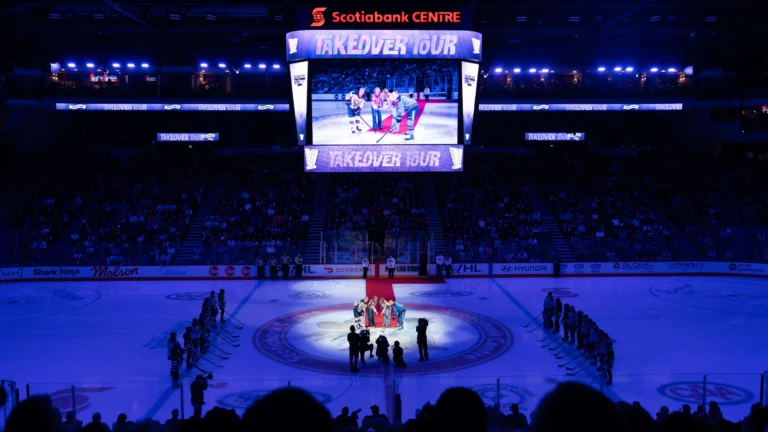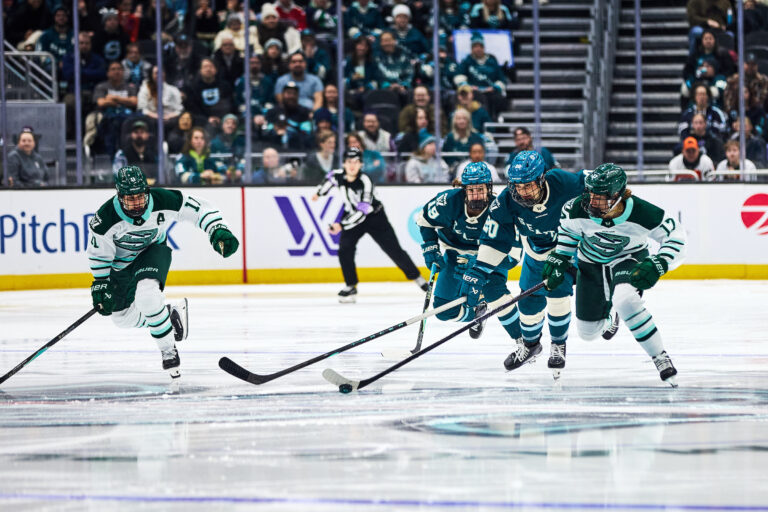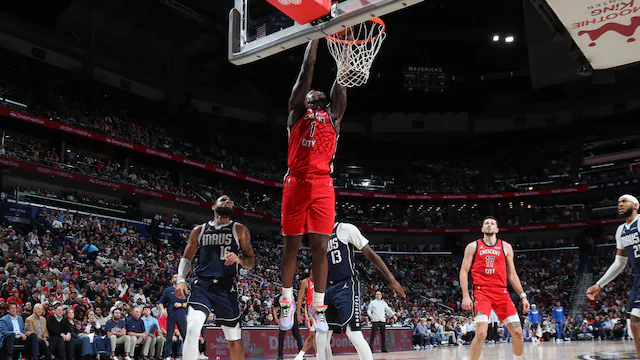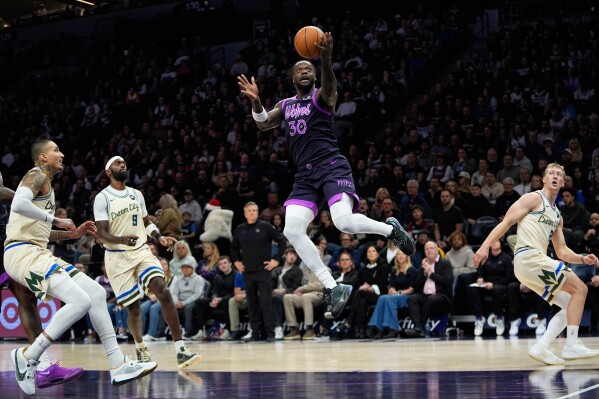
Hockey is a tough sport that combines talent, speed, and collaboration; it’s more than a sport. Whether you’re watching a game or playing one yourself, How to bet on NHL hockey let’s break these tactics down into manageable chunks to give you an advantage.
In professional hockey, the way a game gets played is determined by strategy. Your enjoyment of the game and your understanding of the plays occurring on the ice may be improved by being aware of these tactics.
Building a Strong Defensive Foundation
A solid defense is the cornerstone of any winning NHL strategy. Teams that control their defensive zone effectively reduce the number of scoring chances for their opponents and create opportunities to transition quickly into offense. Positioning plays a crucial role—defenders must anticipate plays, block passing lanes, and protect the area in front of the net.
Communication between defensemen and forwards is essential to avoid coverage breakdowns. Many teams adopt a zone defense approach, where players guard specific areas, while others prefer man-to-man coverage, focusing on marking individual opponents.
Mastering the Art of Offensive Pressure
Offensive strategy in Wunderdog NHL bet revolves around creating high-quality scoring opportunities rather than relying solely on long-range shots. Successful teams apply sustained pressure in the offensive zone, cycling the puck along the boards to tire out defenders and open passing lanes. Quick puck movement forces opponents to adjust, creating gaps that skilled forwards can exploit. The use of screen plays, where a player positions themselves in front of the goalie to obstruct vision, can significantly increase scoring chances. Effective offense also depends on chemistry between linemates, as players who understand each other’s tendencies can execute set plays more efficiently.
The Importance of Special Teams Play
Special teams—power plays and penalty kills—are game-changing elements in NHL hockey. On the power play, teams aim to move the puck quickly and take advantage of the extra player to create open shooting lanes. It involves positioning one or two players near the net to capitalize on rebounds. On the penalty kill, the strategy focuses on aggressive forechecking to disrupt the opponent’s setup, blocking shots, and clearing the puck out of the defensive zone. A team that consistently wins the special teams battle often has a significant edge, especially in playoff situations where margins are small.
Utilizing Speed and Transition Play
Modern NHL hockey emphasizes speed, not just in skating but in decision-making. Quick breakouts rely on precise passing, support from wingers, and forwards who can accelerate into open space. This high-tempo approach can overwhelm slower teams and generate scoring opportunities before they have a chance to regroup defensively.
Winning Puck Battles and Maintaining Possession
Puck possession is a central strategy for controlling the pace of a game. Strong stickhandling, body positioning, and awareness are critical to retain control under pressure. Teams that dominate possession often generate more scoring chances simply by keeping the puck away from their opponents. Coaches emphasize puck support, where nearby teammates provide outlets for passes, ensuring that possession is maintained even when facing aggressive forechecking.
Adapting Strategies During the Game
No matter how well-prepared a team is, adjustments are often necessary based on the flow of the game. If a team is struggling to break through a tight defensive setup, they switch to a more aggressive forecheck or alter line combinations to spark offense. Similarly, if protecting a lead, a team may adopt a more conservative style, focusing on clearing the puck and minimizing risks. Adaptability ensures that a team remains competitive regardless of the circumstances.
The Role of Goaltending in Team Strategy
A confident, in-form goalie allows defensemen to take more risks in joining the rush, knowing they have solid support in the net. Conversely, when a goalie is facing difficulties, teams may tighten their defensive play to limit high-danger scoring chances. Communication between goalies and defensemen also plays a role in breaking out of the defensive zone. Strategic goaltending involves not only stopping pucks but also controlling rebounds and directing play with smart puck-handling decisions.
Future Trends in Defensive Strategy
Hockey’s defensive tactics will change along with the sport. These tools, which provide insights into patterns and trends that were previously hard to identify, have the potential to change how teams approach defense.
To enable teams to modify their tactics in real-time according to game situations, players who can switch between defensive positions and duties with ease will be highly prized.
The persistent emphasis on speed and agility is another trend to remember. Defenses will need to be more agile and faster as the game picks up speed. New conditioning regimens and training methods targeted at improving athletes’ physical characteristics and response times could result from this.
Conclusion
The strategies of playing NHL hockey involve a complex balance of defense, offense, special teams, and adaptability. From building a solid defensive structure and applying offensive pressure to mastering special teams play and excelling in transitions, success comes from both preparation and in-game adjustments. Puck possession, speed, and goaltending are critical components that can turn a close contest into a decisive victory. Ultimately, NHL hockey strategy is about uniting individual skills within a cohesive team plan, ensuring that every shift on the ice contributes to the team’s goal of winning games.
Author Profile

Latest entries
 NFLDecember 23, 2025Purdy’s Perfection: 49ers Dominate Indy on MNF
NFLDecember 23, 2025Purdy’s Perfection: 49ers Dominate Indy on MNF AFCDecember 22, 2025NFL Week 16 Sunday: Playoff Spots Clinched and Division Races Upended
AFCDecember 22, 2025NFL Week 16 Sunday: Playoff Spots Clinched and Division Races Upended CFPDecember 21, 2025Campus Chaos: Miami Stuns Kyle Field, Oregon and Ole Miss Cruise to Quarterfinals
CFPDecember 21, 2025Campus Chaos: Miami Stuns Kyle Field, Oregon and Ole Miss Cruise to Quarterfinals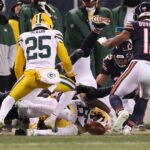 NFCDecember 21, 2025Saturday Statement: Eagles Clinch the East and Bears Stun Packers in OT
NFCDecember 21, 2025Saturday Statement: Eagles Clinch the East and Bears Stun Packers in OT

 Steelersforever.org
Steelersforever.org